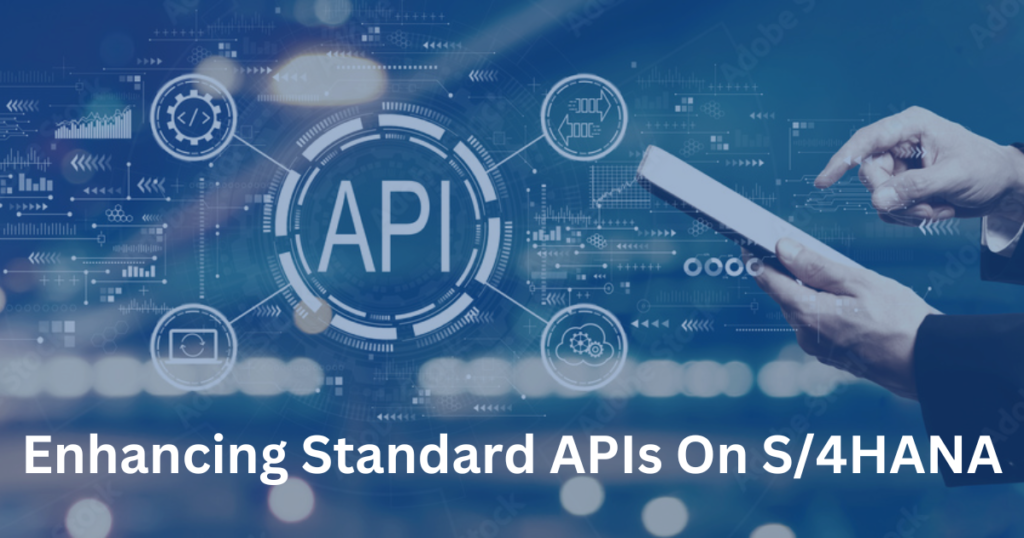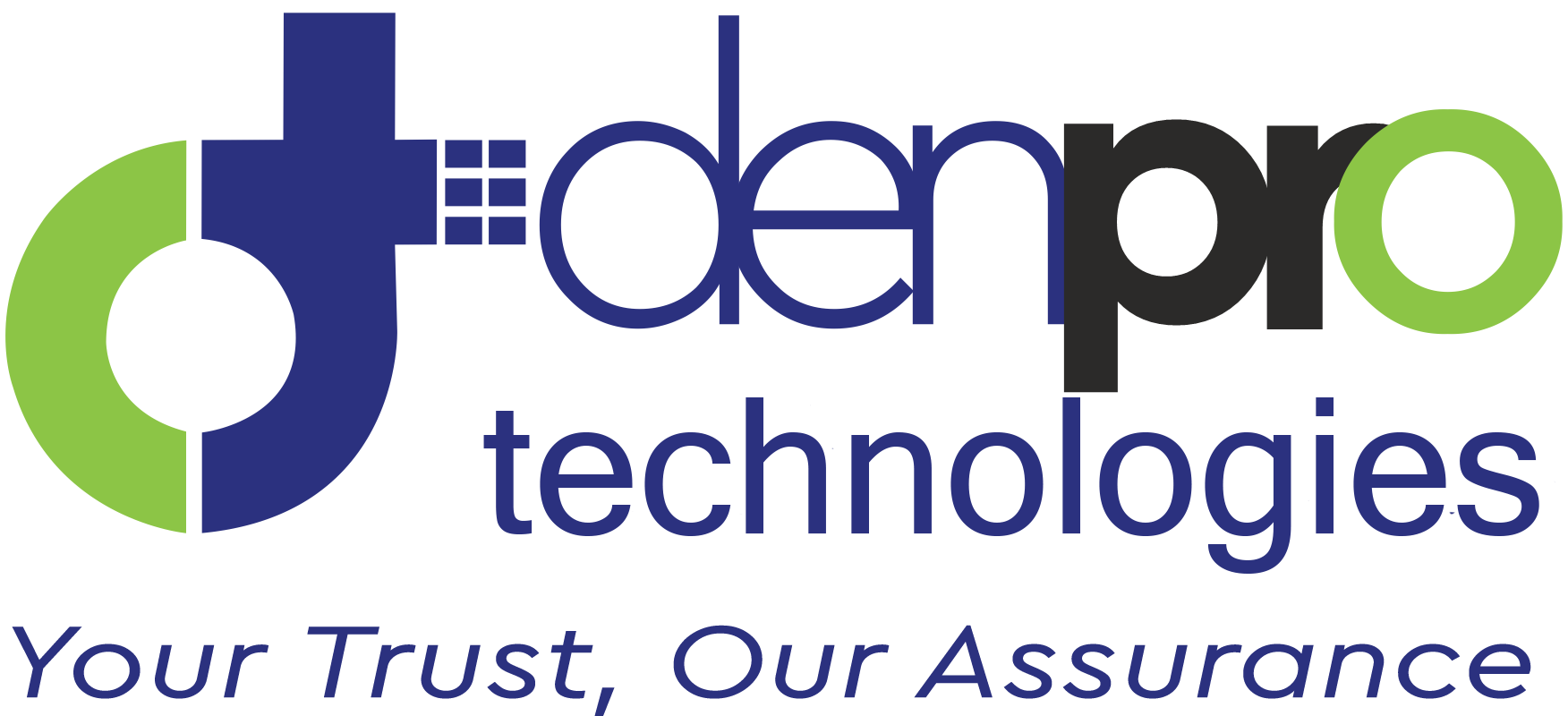Enhancing Standard APIs On S4HANA

In 2016, SAP introduced the API Business Hub, a common repository of SAP APIs allowing application developers to search and find conventional and pre-built methods of gaining access to or integrating SAP data with external systems or applications.
Similar to BAPIs from SAP ECC systems, S/4HANA Application Programming Interface (API) is a concept. The difference is that RESTful APIs are used in S/4HANA, whereas (Business Application Programming Interfaces) BAPIs were often referred to as utilizing RFC connections (if calling from outside of SAP). Additionally, rather than using standard ABAP, S/4HANA APIs are designed using CDS views.
However, if you use the APIs to quickly create reports, you won’t need to construct the backend or the database logic. That is the case if the API you need is available in the API Business Hub and provides all the information you need. Even while the API might not always provide you with all the data you need, SAP has you covered by letting you modify the API and add additional fields.
Here are a few examples of how APIs operate:
- Are you looking for a flight for a pending vacation? The terms “destination A to destination B” in a simple Google search will yield a relevant sample of search engine results with outputs from numerous airlines collected from all over the internet.
- Want to play a song from Spotify that you like? If you ask Siri to do something she will carry it out immediately.
- Do you feel like having anything to eat? On Yelp, look up the best eateries around; by clicking the address, Google Maps will open.
- May now is the right time for you to check your eBay shopping cart. You’re too exhausted to type your credit card number in its entirety. Do not fret. You can make purchases using the PayPal app that is incorporated into the checkout process.
As a result of the API integration connecting machines with diverse capacities and skills, all of these occurrences take place. Although this equipment is physically connected to people, APIs enable machine communication and the provision of services like those listed above.
APIs can be compared to a user interface (UI) for machines in metaphorical terms. In other words, it is the front-facing element of back-end technologies.
How Does API’s work?
APIs exchange information using a set of rules that specify how machines, programmed, and computers can talk to one another. Any two machines that want to connect with each other for a specific job can use the API as an intermediary.
An easy example: When you sign into Facebook from your phone, you are allowed access to your account through the Facebook application. Your Facebook account and login information are retrieved by the mobile application through an API request. The data would then be returned to the mobile app by Facebook after being accessed from one of its servers.
The most common APIs are web-based, yet they are only accessible online. There is an API for every machine or system that expects to interface with other machines or systems.
Although APIs have been available for a while, their popularity has only recently increased. By figuring out more effective ways to access information more quickly to serve the client, businesses employ this technology to differentiate themselves from the competition.
What Are the Advantages of APIs?
Automation:
Less human effort is needed and workflows can quickly be changed to become quicker and more efficient when using an API handled by computers. Additionally, you can rapidly and effectively publish new content and information across all platforms and distribute it to your whole audience.
Innovation:
The majority of individuals would agree that APIs are among the finest conduits for digital transformation. You’ve seen in a number of the aforementioned examples how APIs connect cloud programs and incorporate different technological elements.
Abstraction:
The solution to the question “How do APIs work?” is one of the main benefits of APIs. APIs encourage communication between various technological systems.
This more advanced technique for extracting functionality intuitively encapsulates the connection between code and the service it offers. As a result, the abstraction makes practical API integrations simpler to construct than they would be otherwise.
Which kind of APIs?
There are four types of API’s
REST: – The most well-known web API is undoubtedly Representational State Transfer (REST). In the present era, it is rare for any web developer to get through a conversation without bringing it up at least once.
SOAP (Simple Object Access Protocol):- Similar to REST, the well-known Simple Object Access Protocol (SOAP) is a subset of Web APIs.
SOAP has been used since the late 1990s. SOAP was the first protocol to establish guidelines for how programs should handle services delivered through network connections.SOAP only supports the Extensible Markup Language (XML) standard for data transmission.
Using SOAP, web services can organize messages and other forms of communication. In the end, SOAP makes it possible for different operating systems, like Linux and Windows, to communicate with one another.
XML-RPC: – This protocol uses a particular XML format to convey data, unlike SOAP, which uses a proprietary XML format. It is older than SOAP as well. XML-RPC requires the least amount of bandwidth and is considerably simpler than SOAP.
JSON-RPC:-This protocol is comparable to XML-RPC, but JSON is used to send data instead of XML.
Conclusion:
The average online user rarely asks about APIs since their attention is typically focused solely on the immediate outcomes of front-end web development. But because of back-end technology like APIs, everything that takes place on the front end looks slick and functions flawlessly.
APIs are already having a significant impact on technology and will continue to do so in the future. Future projects that you work on will undoubtedly utilize APIs.
